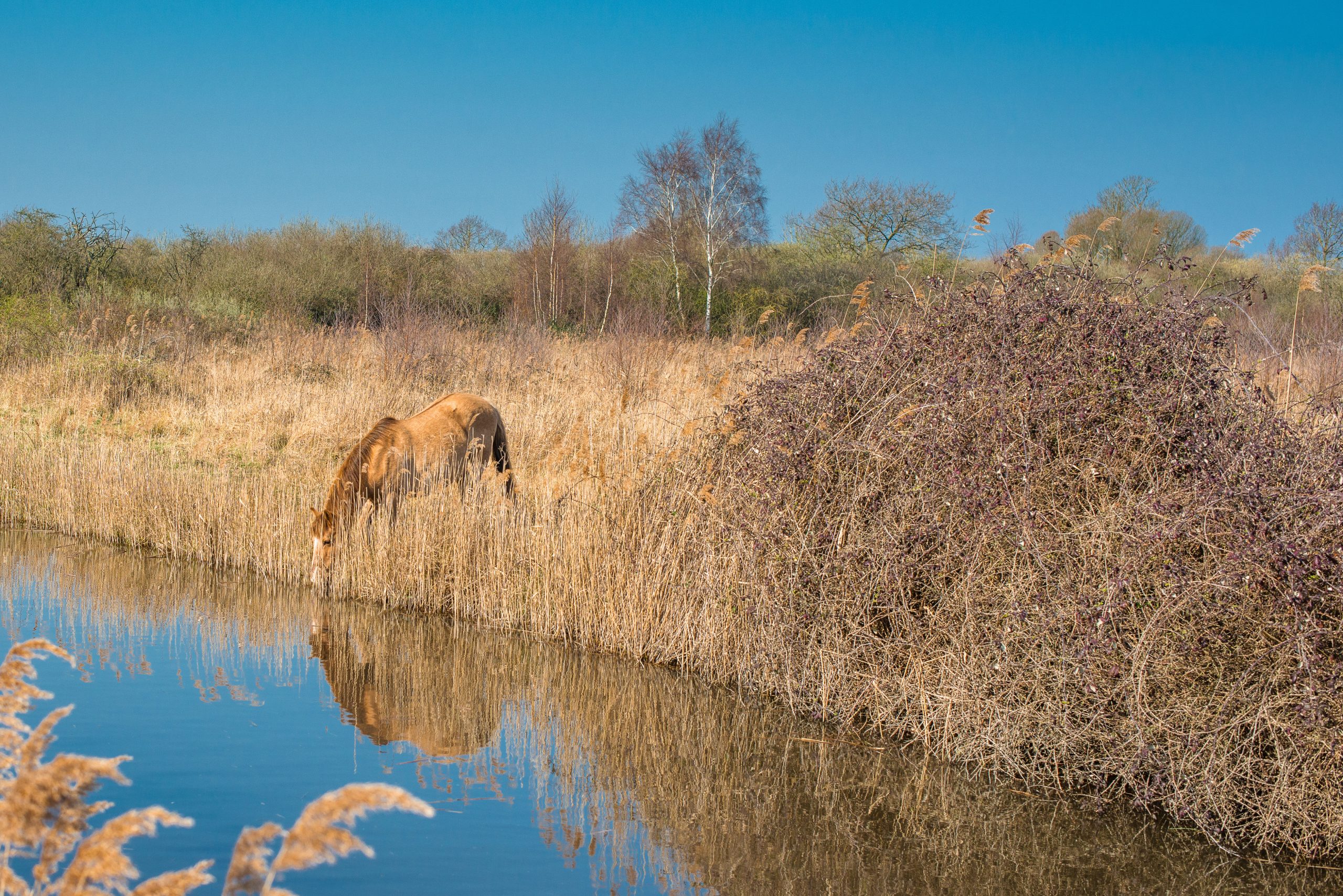News
The value of freshwater ecosystems and the benefits from their restoration

News | Feb 2022
Wetlands, ranging from peat bogs and rivers to marshes and mangroves, are vital habitats that sustain local livelihoods and help mitigate global climate change. However, we are losing wetlands three times faster than forests.
2 February marks World Wetlands Day, where scientists, conservation leaders and policy experts around the world join with the public to call for action to safeguard, conserve, and restore wetlands. This year, UNEP-WCMC is celebrating the day by showcasing the importance of freshwater ecosystems, and how we have worked with partners to demonstrate their value through ecosystem assessments.
We need to act now to stop the decline of freshwater ecosystems
Freshwater ecosystems – including lakes, rivers, wetlands, streams, and underground aquifers – are crucial for people and the planet. Despite covering only 0.01% of the Earth’s total surface, they supply essential ecosystem services such as food, water, and energy provision to billions of people. They are also critical for biodiversity, for example providing habitat for one third of all vertebrate species, including approximately 40% of fish species.
Despite their importance, many freshwater ecosystems are highly degraded. They suffer from chemical, waste and plastic pollution, and over-extraction for food (including fisheries) and power generation. According to a recent report from the UN Decade on Ecosystem Restoration, there has been a 35% average decline in area of natural inland wetlands since 1970. Without urgent action to conserve and sustainably manage freshwater ecosystems, this decline will only increase.
One major obstacle to the effective conservation and restoration of many ecosystems including freshwater ones, is that insufficient value is assigned to their functions in nature and their contributions to economies and human well-being. To address this, the Toolkit for Ecosystem Service Site-based Assessment (TESSA) was developed to measure the impact of protecting and restoring individual conservation sites, and to enable decision makers to evaluate the benefits and costs of a land management change such as land conversions, conservation or restoration.
Using site-based assessments to value freshwater ecosystems
The Toolkit for Ecosystem Service Site-based Assessment (TESSA) is a decision support tool that helps users gather evidence towards, and then undertake, assessments to gauge the impact of particular ecosystem modifications or restoration.
Launched in 2010 as a collaborative initiative between UNEP-WCMC, Anglia Ruskin University, BirdLife International, RSPB, Tropical Biology Association, the University of Southampton, and the University of Cambridge, the toolkit is designed specifically to help non-experts estimate the benefits of conservation projects. TESSA does this by providing guidance and methods to value the ecosystem services currently provided by a site and then enabling users to compare the ecosystem services outcomes resulting from various land use decisions.
The current version of TESSA (TESSA 2.0) contains several modules to guide users to assess eight ecosystem services, including a water module. It has successfully been used in various freshwater ecosystem restoration projects, for example in the assessment of Wicken Fen wildlife reserve, in Cambridgeshire, UK.
TESSA supporting freshwater habitat restoration in the UK
For the past two decades, UK heritage conservation charity the National Trust has been working to rewild wetlands near Cambridge, via the Wicken Fen Vision Project. The project’s main objective has been to recreate a mix of wetland habitats and extend the reserve, with the long-term aim of growing the fen from 170 to over 5,000 hectares by 2100.
In 2011, the National Trust used TESSA to provide evidence in support of the Wicken Fen Vision Project, particularly after the project’s aim to revert arable farmland back to its natural wetland state received resistance from local farmers. Assessing the financial value of 5,300 hectares of land, the National Trust compared two scenarios: Wicken Fen as restored wetland compared to unrestored farmland. The results were noteworthy, suggesting that each hectare of the fen was worth USD199 more per year as wetland than as farmland, as illustrated on the graph below.

Other findings of the Wicken Fen assessment included that, “the estimated loss of arable production worth $2040 per hectare per year (ha/y) is offset by estimated gains of $671/ha/y in nature-based recreation, $120/ha/y from grazing, $48/ha/y from flood protection, and $72/ha/y from reduced greenhouse gas emissions, as well as a reduction of $1325/ha/y in management costs”.
The Wicken Fen Vision Project evolved into a great example of how ecosystem assessments, like those conducted through TESSA, can showcase and safeguard critical freshwater areas. Wicken Fen is home to over 9,000 wildlife species.
TESSA 3.0 - the future
Since 2010, TESSA has been used by projects in 69 countries. It is an evolving resource, with an updated version of the toolkit due to be launched mid-2022. The next iteration, TESSA 3.0, will guide users on how to undertake a comprehensive natural capital site assessments, covering water quality, soil and biodiversity. It is through the use of ecosystem services assessment tools, such as TESSA, that we can articulate the multiple values of wetlands for people and nature, and strengthen the case for their conservation and restoration.
Find out more about TESSA and how you can use this tool for assessing ecosystem services and their values.
Have a query?
Contact us
communications@unep-wcmc.org
